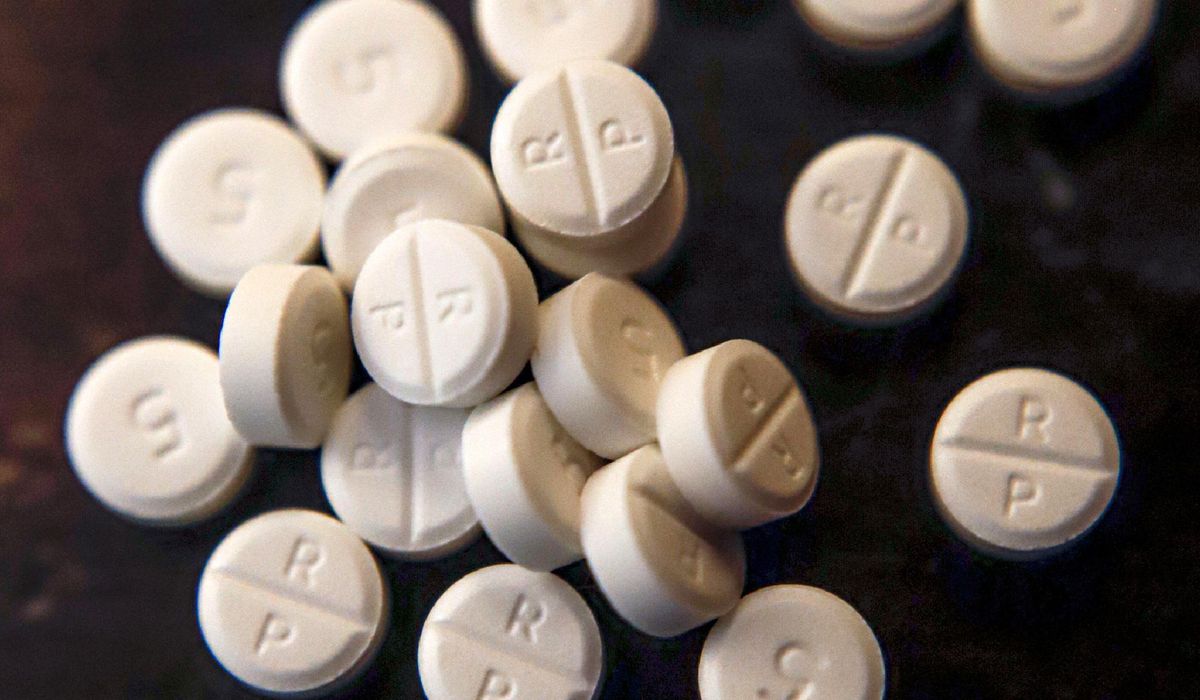


New mothers who gave birth after March 2020 received “more potent and more frequent opioid prescriptions” within six months than those who had children before COVID-19 lockdowns, a new study found.
A team of five researchers published the study Monday in JAMA Network Open, examining the records of 460,371 privately insured mothers who gave birth to a single newborn from July 2018 to December 2020. It warns of a possible surge in opioid addictions among new moms who may have abused painkillers to numb unpleasant feelings during the lockdowns.
“This potential for misuse was compounded during COVID-19, as the isolation and stressors of the pandemic may have been associated with women misusing opioids as a coping mechanism,” the researchers wrote.
The study found that opioid fill rates were 2.8 percentage points higher from March to December 2020 — after officials nationwide issued stay-at-home orders — than during the previous three years.
The mean of daily morphine-equivalent prescription fills was 1.7 percentage points higher; the rate of opioid prescriptions filled for every 100 moms was 4.6 percentage points higher; and the prescription rate of schedule II opioids was 2.8 percentage points higher than pre-existing trends.
The surge in prescriptions put young mothers at “increased risk of opioid misuse, opioid use disorder, and opioid-related overdose” during lockdowns through the end of December 2020, the researchers said.
The number and potency of opioid prescriptions were higher among women who delivered through a cesarean section than those who did not.
According to the study, further research must show whether opioid prescriptions after childbirth have continued rising since December 2020. That could signal a spike in the number of new moms addicted to painkillers, the researchers noted.
“Our findings are particularly concerning given that the COVID-19 pandemic has exacerbated the effects of the US opioid crisis,” they said. “Monthly opioid-related overdose deaths sharply increased after the March 23, 2020, stay-at-home order. In addition, opioid-related overdose deaths reached an all-time high during the pandemic, surpassing 100 000 annually.”
For more information, visit The Washington Times COVID-19 resource page.
• Sean Salai can be reached at ssalai@washingtontimes.com.
